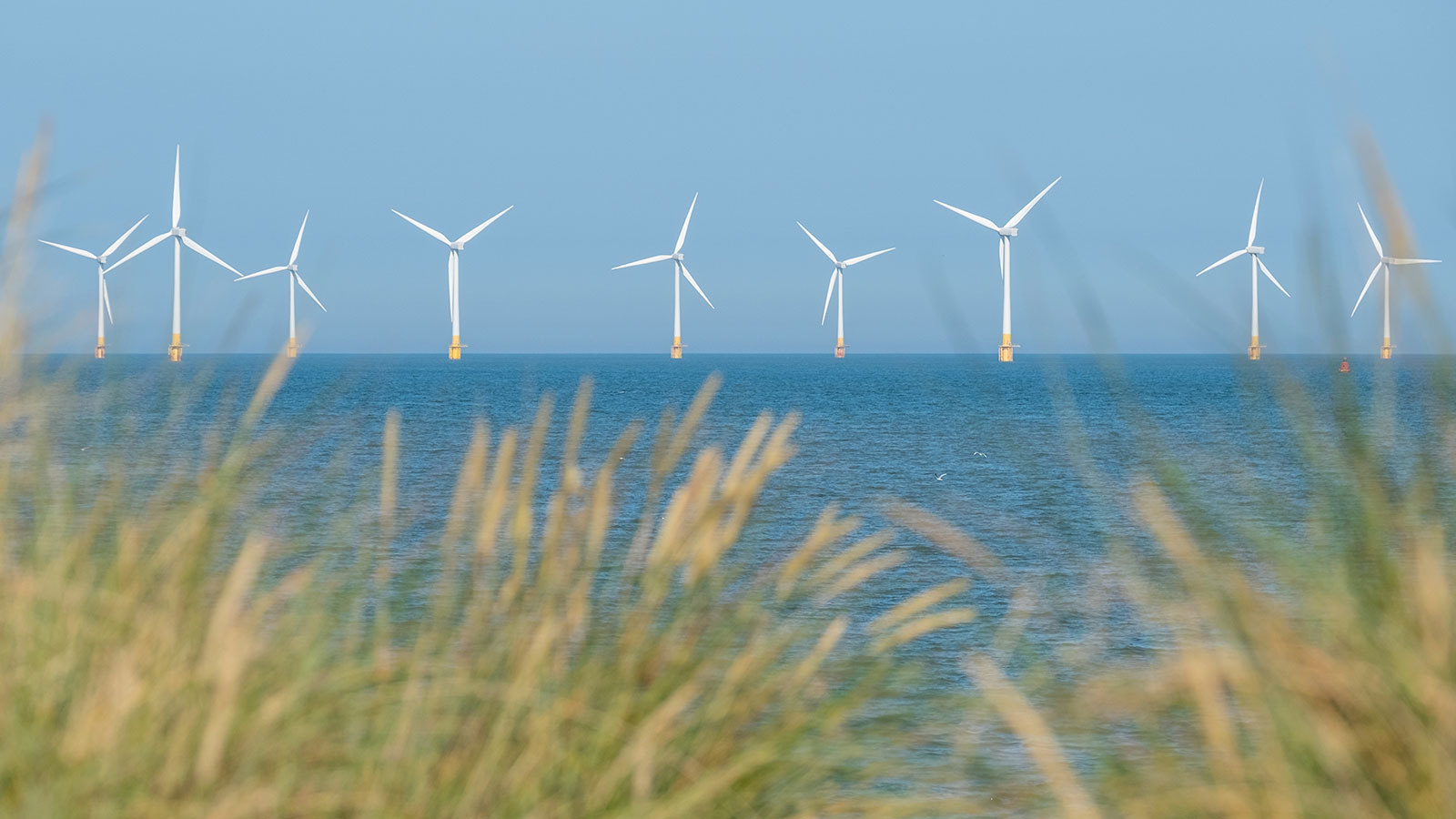The UK generated more of its electricity from renewable sources than it did from gas in the winter period of 2023/2024, according to analysis from the Energy and Climate Intelligence Unit.
The Energy and Climate Intelligence Unit reported that wind, hydro, and solar sources generated an estimated 55 TWh of electricity, exceeding the power produced by gas, which stood at around 45 TWh.
This green energy surge could power approximately 21 million UK homes for a year, marking a significant step towards reducing the country’s gas dependence.
In fact, the avoidance of using gas power stations for this level of energy generation spared the need for an additional 110 TWh of gas. This volume is equivalent to the annual heating requirement for over nine million UK homes or the total gas volume in 130 LNG tankers.
That’s important not just for decarbonisation, but also for the UK’s energy security. As Jess Ralston, ECIU’s Head of Energy, emphasised, “The price of gas is set by international markets so the choice for the UK is stark. Boost British renewables and achieve clean power or import more gas at a price we can’t control.”
That’s an important point to make during a period of sky-high energy bills for many across the UK, which was partly triggered by the increased price for gas due to Russia’s war with Ukraine. That has led many renewable energy advocates to call for a greater deployment of renewables to help lower the cost of electricity.
Future challenges for renewables
However, despite the optimism brought by this winter’s achievements, there are looming concerns over the UK’s commitment to expanding its renewable energy capabilities. The Government’s recent performance in renewable energy auctions, particularly for offshore wind projects, has raised eyebrows and doubts about the country’s trajectory towards comprehensive energy independence.
Additionally, the delay in the rollout of alternative heating solutions, such as heat pumps, could impede the UK’s transition from gas-dependent heating systems. Ralston further criticised the government’s approach, stating, “Despite the good news on renewables now, if you look more broadly we’re heading backwards on energy independence.
“The Government fumbled its last renewables auction securing no new offshore wind farms. It’s also set to agree only a limited number in the next auction round because of Treasury’s odd rules. It has also just delayed the roll out of heat pumps which can run on electricity from British offshore wind, rather than boilers that will increasingly have to run on foreign gas.”
Overcoming those challenges will require the Government to make some drastic changes to further wean the UK off of its reliance on gas. There are already signs that this is beginning to happen, with changes proposed for the next auction round in 2024, although there are also concerns that the overall budget for that round is still artificially limited by the Treasury using outdated ‘reference’ prices for the late 2020s that are around half the level that industry estimates.
Additionally, outside of the UK Government’s recent fumbling of the CfD auctions, the UK’s renewable energy pipeline continues to look promising. Noteworthy projects like the Dogger Bank wind farm, set to become operational in 2026, could significantly contribute to meeting the growing electricity demand. However, the effectiveness of these projects remains tethered to government actions and policy frameworks.
Grid upgrades
While the Government has been seen as not supporting the development of renewables enough with effective policy, physical limitations in grid infrastructure has also posed a problem.
Whether it’s uncertainty surrounding when a project will actually be connected to the grid, with some projects being given connection dates in the late 2030s, or the fact that grid itself has not been designed around a decentralised approach to energy generation – there are some major challenges to overcome.
National Grid ESO has recently proposed a £58 billion overhaul to the UK’s electrical grid. That could go some way towards enabling more renewable power generation, and stopping the practice of paying curtailment fees to developers to stop feeding clean electricity into the grid.
Simplifying grid connection procedures and accelerating battery storage initiatives, such as the National Grid’s announcement to expedite 10GW of battery storage projects, are seen as vital steps towards supporting the renewable energy shift.
The shift to renewable energy sources this winter is a testament to the potential for a cleaner, more sustainable power generation in the UK. However, to maintain momentum and realise the full benefits of this transition, concerted efforts from the Government, industry, and stakeholders are crucial. As the UK grapples with its gas dependency and aims for a net zero future, the coming years will be pivotal in shaping the country’s energy landscape.

